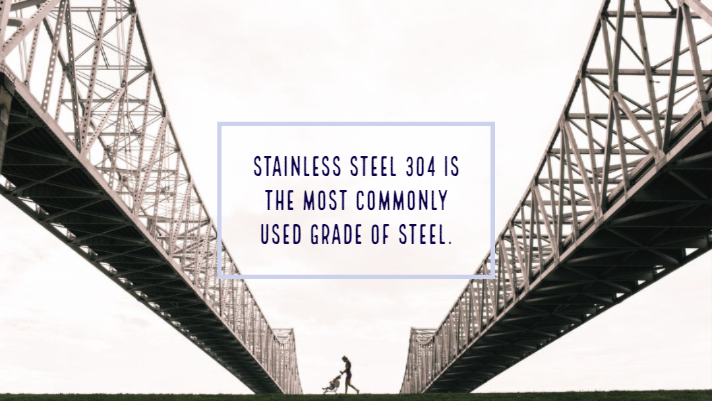While people on the street might not be asking themselves what stainless steel is, it’s likely they don’t realize just how prevalent it is in their everyday lives. If you’re wondering just how much steel is woven throughout your daily routine, you’ve come to the right place. Keep reading to learn all about some of the most common uses of stainless steel and its alloys.
Stainless Steel Uses and You
Whether you know it or not, stainless steel is all around you. It might even be used in some unexpected places. Five of the most common applications for stainless steel 316, for example, are lab equipment, jet engine parts, boat fittings, food and pharmaceutical processing equipment, and chemical containers. However, the most common grade of stainless steel is actually stainless steel 304.
This particular grade of steel has a great many uses. In fact, it’s so common you might even have some in your home! Stainless steel 304 is used in food prep equipment like salad tongs and food processing appliances. It is also used as external panels on refrigerators. You might find it in trim work and fixtures in buildings, as well as railings. It is also used in heat exchangers and condensers. You never know when you’re going to run into this particular metal.
While it may seem like only major manufacturing projects make use of stainless steel, the construction industry is no exception to extensive use either. As an industry its most commonly used metals for building are carbon steel, aluminum, copper, and stainless steel. And stainless steel 304 isn’t the only class of steel they use, either. In fact, classes of alloy steels can be divided into four categories:
- Structural Steels
- Tool and Die Steels
- Magnetic Alloys
- Stainless And Heat-Resistant Steels
The Superman of Steel: HY100
HY100 is a high-yield steel with a minimum yield strength of 100 KSI. It offers exceptionally high impact strength also. As a metal, it is incredibly unique. It sees extensive use in marine defense and petrochemical applications. Take submarines, for example. In order to avoid detection by sonar, submarines have to operate at a minimum of 100 meters below the Sonic Layer Depth. This means they need to be made of a high-yield strength metal. Since HY100 is such a strong alloy, submarines are typically outfitted with it or with something similar.
Specialty resources are difficult to come by due to supply capabilities. It will always be important in any type of manufacturing setting to have an adequate supply line in order to actually create. The more specialized the requirement, the higher the cost and the lower the availability. No matter the metals needed, it will inevitably be a requirement to have a healthy relationship with experts in the industry.

